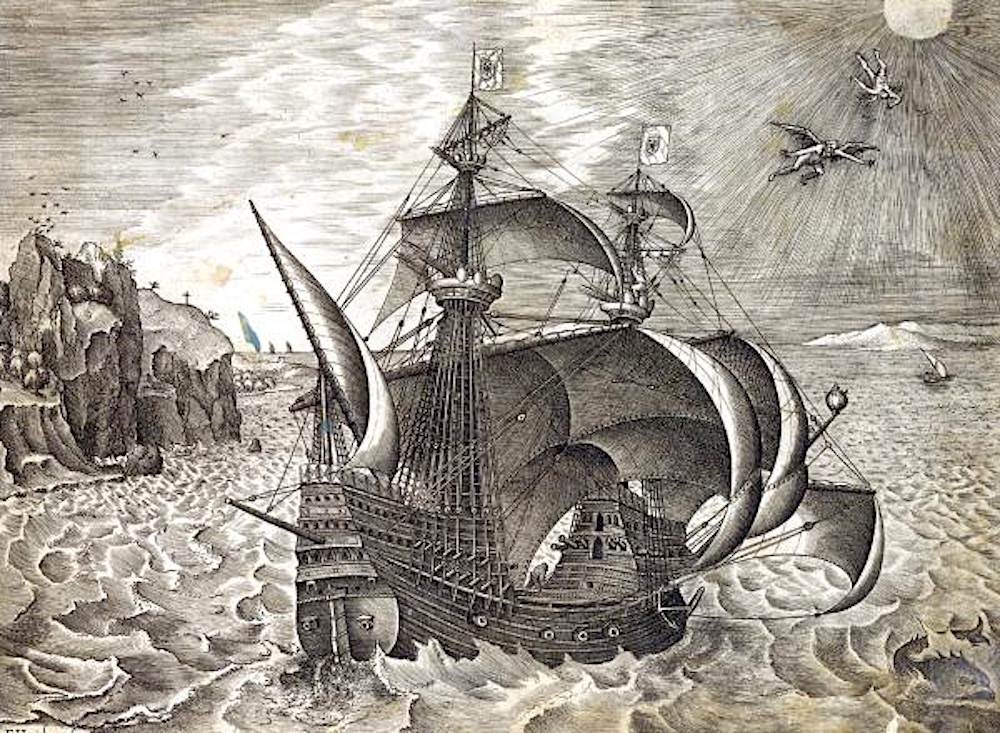This article was translated by John R. Bopp
We’ve spoken on more than one occasion about the huge influence the Basques have had on the history of the Philippines and of Mexico, and more specifically, we’ve spoken about the importance of Andrés de Urdaneta in the consolidation of a Hispanic global empire thanks to the tornaviaje de Urdaneta, the route that allowed for transport between Manila and Acapulco, created a two-way communication line between the colonies in the Americas and in the Philippines.
That extraordinary achievement, led by two Basques, Miguel López de Legazpi and Andrés de Urdaneta himself, may be coming back.
The website for the Conacyt news agency has just published an article by Chessil Dohvehnain reporting on a project just getting underway between San Luis School (Colsan), the National Institute for Anthropology and History (INAH)’s Division of Underwater Archaeology, and the Basque Maritime Museum (Albaola). It’s an archaeological project trying to document the Manila-Acapulco Galleon, also known as the Ship of China, in a unique effort to try to rebuild it to once again set sail.
Our regular readers may remember Albaola and their project to rebuild the San Juan, the Basque whaler in Red Bay whose wreckage has become the logo for the UNESCO Underwater World Heritage program.
We think this is an extraordinarily interesting project and we promise to follow it closely, and help it out however we can.
Conacyt – 7/6/2018 – Mexico
The Archaeology of the Manila-Acapulco Galleon, forgotten history
A joint project between Colsan, the San Luis School, the National Institute for Anthropology and History (INAH)’s Division of Underwater Archaeology, and the Basque Maritime Museum (Albaola) has been started to research and document the history and archaeology of the Manila-Acapulco Galleon, also known as the Ship of China, in an unique attempt to rebuild it for it to sail again.
(Follow)
Last Updated on Dec 20, 2020 by About Basque Country





























